|
I previously wrote about the debt ceiling in October of 2021. It was the last time a divided Congress threatened the financial stability of the country, and indeed the world, by withholding support for increasing the amount of money the U.S. Treasury can legally borrow to pay its bills. The only thing different this time is the cast of characters in Washington D.C. The federal government reached its $31.4 trillion debt ceiling on January 19, 2023. It took the government decades to reach this level of debt, and is the result of tax cuts and spending increases from both Democrats and Republicans in Congress. Treasury Secretary Janet Yellen has stated that through the use of “extraordinary measures” (fancy accounting), the federal government will be able to continue to pay its bills through early June. Congress must increase the debt ceiling in order for the Treasury to raise the money needed to pay the bills that Congress has already approved. If this doesn’t happen, the Treasury will run out of money and not be able to pay all of its financial obligations. No reasonable person wants this to happen, but it is a test of the new Congress and President Biden as to how the current impasse gets resolved. President Biden’s Position: The President has stated that he will not negotiate over the debt ceiling. He wants it increased with no strings attached. President Biden’s refusal to negotiate with House Speaker Kevin McCarthy stems from his experience during the 2011 debt ceiling negotiations between the Obama Administration and Congressional Republicans. When negotiations broke down, the United States suffered its first ever credit downgrade, financial markets were rattled, and recovery from the Great Recession was threatened. Biden pledged that he would never again allow debt ceiling negotiations threaten the financial stability of the United States. President Biden should have pushed through a debt ceiling resolution last fall when the Democrats controlled both houses of Congress. I believe that he feared that such a move would have appeared too partisan. To that I say, “so what”. It’s better than allowing Congress to threaten the financial credibility of the country, and diverting legislative attention away from more important issues. Speaker McCarthy’s Position: During his fight for the House Speakership last month, Kevin McCarthy assured the ultraconservative members of his party that he would use the debt ceiling as leverage to force budget cuts. The new House Speaker has met with the President in recent days to extract spending cuts in exchange for a debt ceiling increase. McCarthy wants an 8% reduction to the current budget, which would bring spending down to 2022 budget levels. Apparently, the meeting was not a negotiation but simply a discussion, with each side stating their position. But McCarthy has not shown the President, or the American people, his proposed budget. He has spoken in general terms, but has not defined which budget items would be cut and to what extent. Speaker McCarthy has mentioned that he would like to see changes to major entitlement programs, and to cut annual spending that funds the operating budgets of federal agencies. All well and good, just show us your plan. I don’t think that McCarthy will be able to gain much ground with the President on this issue anytime soon. The government won’t run out of cash until sometime in June, which gives McCarthy more time. This will be a real test of his leadership abilities, and show just how secure his position as Speaker of the House really is. Do Away with the Debt Ceiling: Paying our federal debts should be an automatic act, not subject to the whims of political brinksmanship. The debt ceiling doesn’t control federal spending, and needlessly burdens Congress with legislation when its time is needed for much more urgent matters. It often brings the Congress to a standstill and prevents the Treasury from performing its functions efficiently. It’s time for the United States to join most other industrialized countries and abolish the federal debt ceiling altogether. The fact that the U.S. government is on the verge of adding more debt to the $31.4 trillion already owed is incomprehensible to most Americans. Interest payments alone on the national debt amounted to $475 billion in the last fiscal year. It will be significantly higher this year. That is money not available for social programs, infrastructure spending, or any other national priority. An alternative to borrowing more money to fund public spending is to collect more taxes. But one of the first bills passed by the new 118th Congress was to rescind the $80 billion in new funding for the I.R.S., passed in the last Congress. That makes it hard for me to believe that the Republicans are serious about getting the government’s fiscal house in order. Fortunately, the bill will never get approved by the Democratic held Senate. The discussion over government spending and public debt is a discussion worth having. But having that discussion when the debt ceiling has already been reached, is a little late. The money has already been spent. The time for that debate is during the presidential election season. Substantive discussions around government spending, paying down the national debt, and other fiscal initiatives would be welcome, and long overdue. Bring on the debate! If you enjoy reading this type of commentary please subscribe to my blog and tell a friend. You will receive an email notification when new blogs are posted. The email will come from the site’s email: armchairamerican1776 @gmail.com.
Thanks, Armchair American
0 Comments
Leave a Reply. |
AuthorThe Armchair American. Archives
November 2024
Categories
All
|


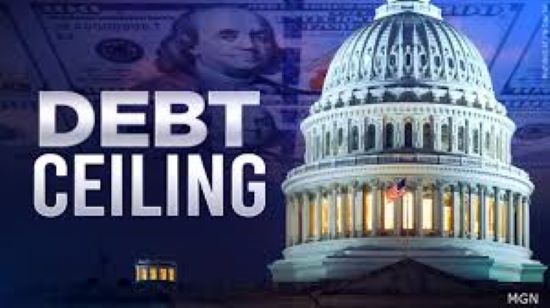


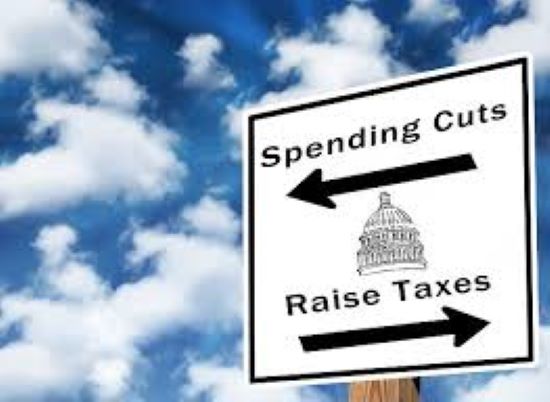
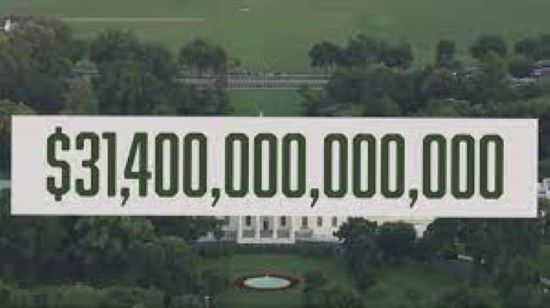
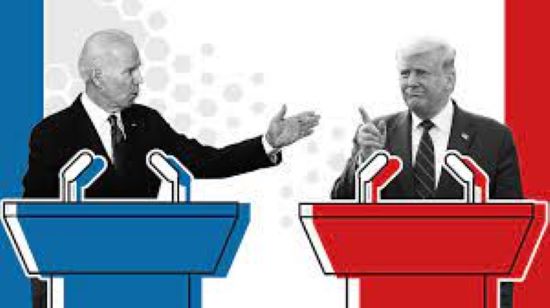
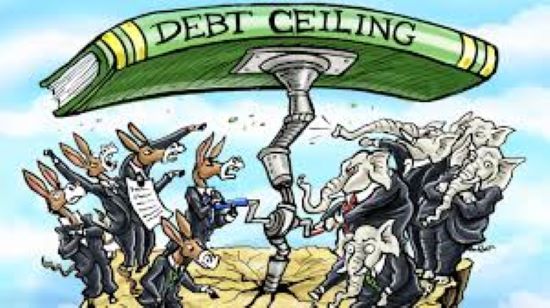

 RSS Feed
RSS Feed